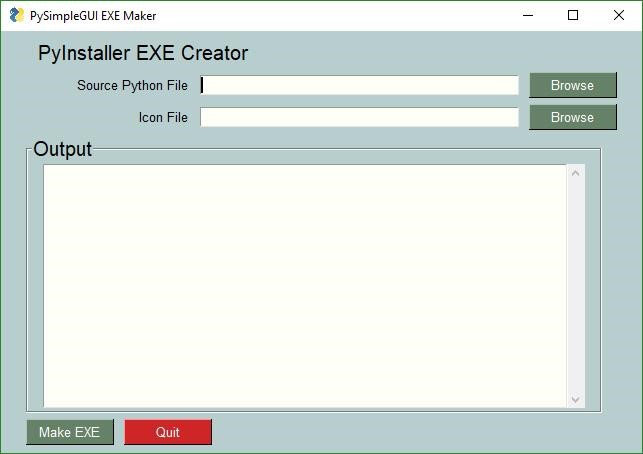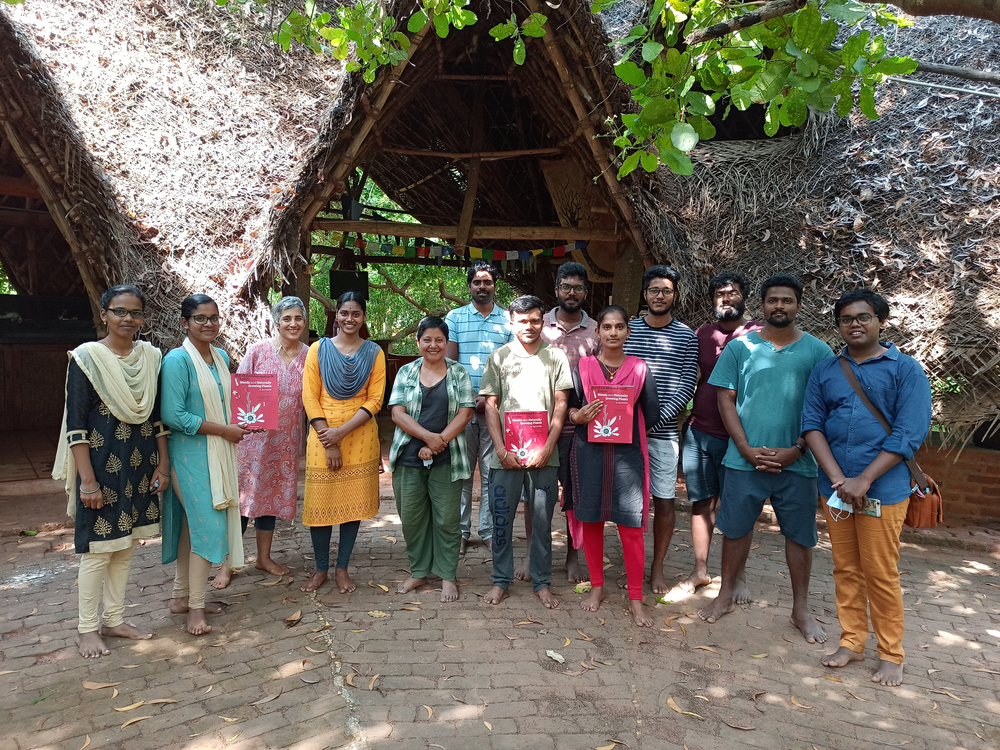Vipassana, which means to see things as they really are, is one of India’s most ancient techniques of meditation. It was taught in India more than 2500 years ago as a universal remedy for universal ills, i.e., an Art of Living.
Courses
The technique of Vipassana Meditation is taught at ten-day residential courses during which participants learn the basics of the method, and practice sufficiently to experience its beneficial results. There are no charges for the courses – not even to cover the cost of food and accommodation. All expenses are met by donations from people who, having completed a course and experienced the benefits of Vipassana, wish to give others the opportunity to also benefit.
Vipassana is one of India’s most ancient meditation techniques. Long lost to humanity, it was rediscovered by Gotama the Buddha more than 2500 years ago. The word Vipassana means seeing things as they really are. It is the process of self-purification by self-observation. One begins by observing the natural breath to concentrate the mind. With a sharpened awareness, one proceeds to observe the changing nature of body and mind and experiences the universal truths of impermanence, suffering, and egolessness. This truth-realization by direct experience is the process of purification. The entire path (Dhamma) is a universal remedy for universal problems and has nothing to do with any organized religion or sectarianism. For this reason, it can be freely practiced by everyone, at any time, in any place, without conflict due to race, community, or religion, and will prove equally beneficial to one and all.
What Vipassana is not:
- It is not a rite or ritual based on blind faith.
- It is neither intellectual nor philosophical entertainment.
- It is not a rest cure, a holiday, or an opportunity for socializing.
- It is not an escape from the trials and tribulations of everyday life.
What Vipassana is:
- It is a technique that will eradicate suffering.
- It is a method of mental purification which allows one to face life’s tensions and problems in a calm, balanced way.
- It is an art of living that one can use to make positive contributions to society.
Vipassana meditation aims at the highest spiritual goals of total liberation and full enlightenment. Its purpose is never simply to cure physical disease. However, as a by-product of mental purification, many psychosomatic diseases are eradicated. In fact, Vipassana eliminates the three causes of all unhappiness: craving, aversion, and ignorance. With continued practice, the meditation releases the tensions developed in everyday life, opening the knots tied by the old habit of reacting in an unbalanced way to pleasant and unpleasant situations.
Although Vipassana was developed as a technique by the Buddha, its practice is not limited to Buddhists. There is absolutely no question of conversion. The technique works on the simple basis that all human beings share the same problems and a technique which can eradicate these problems will have a universal application. People from many religious denominations have experienced the benefits of Vipassana meditation, and have found no conflict with their profession of faith.
Thanks to Archana our Teacher for providing a wonderful Vipassana course. And to all my team members for this support and thanks to Sanjeev and Sanjay for creating an environment like this.
Reflection on Vipassana :
Vasantharaj
I understood dhamma, the universal law of nature applicable to all irrespective of religion, beliefs, caste, etc
I learned the three important parts of Vipasana Sheela, Samadhi, and Panya. Sheela means living a life of morality. Samadhi is the mastery of the mind, which pays attention to reality as it is without getting distracted. Panya, the removal of cravings and aversions and remaining equanimous to all things we experience
I experienced anicca (impermanence) during Vipasana , legs become barely painful and dead after sometimes it has changed. Now I am exploring it in day-to-day life.
After completing Vipassana I saw change in myself in rigor in learning and concentration at work
Now I am started living with the present moment and noticing self-awareness.
Kayal vizhi
The vipassana course was really useful. I had time to explore myself and to know who I am, actually. It increased my determination power as well as concentration. I learned not to expect things but to accept things as it is, and also I will give love without any expectation, and it should be like a one-way path. If someone does anything wrong, Instead of punishing them, I will transform them by giving them, love. And I also understood the law of impermanence.
Pratap
The first’s day when I sat down and began to meditate, I thought it will be easy because I am just going to sit and meditate. I thought I will complete these 10 days. But I couldn’t manage to focus my attention for even a few breaths and my mind started wandering. My mind was very excited and started to capture irrelevant actions that I did in the past, but I made myself that I need to focus on my breath, which lasted only a few minutes. At some point, I started counting the number so that I could predict how many minutes are left before the end of the meditation. I couldn’t sit for a long time, so I came out for a walk for 10 minutes and went back and started to meditate. Again after 5 minutes, my mind wandered, and the rest of the day went like this. In the evening discourse, S.N Goenka explained how hard the day was and gave clarity on how to meditate, which motivated me to practice. I couldn’t sleep properly that night.
On the second day, at 10 o clock in the morning, I thought of leaving the course. I felt heavy, and I felt my head was 10 times big and heavier with a lot of thoughts and background conversations. I couldn’t sit and I couldn’t meditate. A lot of bad thoughts came into my mind regarding my family which made me cry and felt crazy. I went to the teacher and said my experience and I wanted to leave, she gave her own example and her experience and asked me to sit for one more day. She also told me to focus on my breath. I started to meditate this time, I was able to focus on my breath and sat for a little longer.
On the third day, I was feeling less heavy and calm and wanted to meditate for a long time. I was able to notice the change in myself. I could still myself and stopped having background conversations. S.N Goenka said in one of the discourses, “This will also change “. This sentence helped me to get rid of my family attachments and learn that the world will move on even I am not there. Nothing is permanent, everything is impermeant (Aniccha).
On day four, I learned the technique of Vipassana. I was able to focus on the sensations in my body. After doing the two hours when I didn’t move, I was able to notice the “Sankara and dukkha” coming out from the deeper level to the gross level and disappeared. I started practicing Vipassana I felt lighter and lighter, and I felt equanimity. I started seeing things as they are and to be self-aware of myself and for my actions? After 10 days, I started meditating with strong determination. I need to practice practice practice ….
Poovizhi
I was doing Seva part timely. It was a new experience for me to do my daily work in the morning and practice vipassana while doing seva in the evenings. It helped me to get into my practice again. I learned and got motivated by the stories Archana tells us after the metta with the Sevas. I feel grateful.
Siva Raman
I have learned and recalled a lot of things from the Vippasana course. And to be aware of the sensation when I get emotional has to be consciously observed and has to be let go. So when assertive responses are to be made, action with compassion and love for myself and others. Learned to maintain my equanimity and awareness.
Bakya Lakshmi
My reflection is I realized that I should give time for everything for myself and others instead of reacting.
Prabaharan
My name is Prabaharan. I stand for courage and compassion for myself and for others. Vipassana is different from mindfulness meditation, which focuses on awareness, or to transcendental meditation, which uses a mantra. Instead, it dictates a blanket command of non-reaction. No matter the pain as you sit, or the fact that your hands and legs fall asleep and that your brain is crying for release. You are instructed to refocus attention on the objective sensations in your body, arising and falling, as you do a scan of your limbs in a specific order. By doing so, over 10 days, you train yourself to stop reacting to the vicissitudes of life.
Santhosh
My name is Santhosh, I stand for kindness and equity for myself and for others. I learned to meditation and noticed myself. I also noticed that I was not addicted to my phone, and it changed my food system.
Narmada
My name is Narmadha and I stand for equality, happiness for myself and others. by attending the Vipassana meditation, I came to know it is the mental purification that allows me to face problems and tension in a calm and positive way.
By observing my breath, I can control my mind from the distraction.
Before this Vipassana, I can’t sit in place for a long time, but now I can sit and control my anger with the understanding of impermanence.
Sribhavani
My name is Sribhavani, I stand for Love and Equality for myself and others. I learned about seelam, samadhi and pragnya. From these three, I learned how to make my mind concentrated, the law of impermanence of every moment in my life, how to be more determined while practicing pragnya. Learned two wheels of dhammam, self-aware and equanimous. Learned metta bavana. How to share my peace, love, and happiness with all beings from the bottom of my heart. What did I learn about myself is I started to experience every moment in my life from the law of aniksha. How my emotions are connected to my sensations. I am more self-aware of my emotions after this course. How to handle good and hard situations without much attached to it, while practicing bavanamaya panya.
Choudery
My name is Choudery I stand for justice and equality for myself and others while practicing vipassana I realized who I am, And for me, vipassana meditation is a new experience, I can feel sensation in each and every part of my body from head to toe and enjoy it, Vipassana makes me feel peaceful, It is totally new kind of experience for 10 days.
Arun
My name is Arun, I stand for happiness for myself and others. My insight about the vipassana is that I should not crave thinking to happen and also avoid keeping on thinking about the past and the future.
Live in the present moment to concentrate on what I’m doing.
Sandhiya
The 10 days vipassana course was really useful. I had time to explore myself and to know who I am, actually. It increased my determination power as well as concentration. I learned not to expect things but to accept things as it is, and also I will give love without any expectation, and it should be like a one-way path. If someone does anything wrong, Instead of punishing them, I will transform them by giving them, love. And I also understood the law of impermanence.






